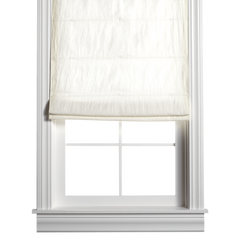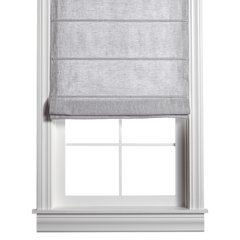Decorating a child’s room can present some challenges, there requires a lot of compromise and thinking ahead into the future. What will they like most now and will this still suit them in a year or two? How to organize all of their small things? Several boxes need to be ticked in order to successfully create a fun, personal and functioning space for your child. Here are a few of our tips to get you started!
Change it with accessories.
Whether your decorating a room for an infant or for your grade schooler, one thing is for certain, nothing will stay the same for long. Your son might outgrow his love of cars or super heroes so don’t get too crazy painting murals of his favorite characters. Rather than personalizing the large facets of the room, keep the walls, lighting and flooring simple and neutral enough to change with his interests. Consider smaller changes like new different patterned bedding, colorful throw pillows in unusual shapes, an unusual lamp or swapping out a toy kitchen for the older kid who's ready for a desk and chair
Personalize it
Children want a space that feels personalized to them, not just an extension of the rest of the house. Finding furniture that’s their size or a bed that they can easily climb into or to be surrounded by some of their favorite colors are ways to make their room feel personal and reflect who they are. Keeping in line with our previous tip of using accessories to make changes, a perfect example would be a colorful chair, patterned rug or even new curtains for their windows to give the room a fun and fresh vibe without taking on a total room makeover!

Make it manageable
Another goal to have when designing a space for children is to make the space low maintenance for the child or children inhabiting it. Kids need to be able to clean their own rooms with moderate ease and if you’ve added to many extras or too many non essential items that are exclusively for decor, it might feel like a daunting task to clean their room. Of course age play a big part in this so be considerate of their limits according to age. A four year old could have a single large bin for all her toys while an eight year old could sort toys and objects according to their differences. Clean up for the child should be easy and manageable and a very important factor to consider when creating a space for them.

Leave room to grow
Not only is your child bound to grow up and will want changes to their bedroom’s look, they will also need space for play. Don’t crowd the room with too much furniture or varying storage, keep in mind that kids like have some blank space to let their imagination wander. Leave ample floor space and even wall space so that their rooms are creative places for them to spend time in that allows them to fill in the blanks rather than a visual or tactile assault on their senses.

Light the way
Children's rooms also need the light that can be controlled from morning to night depending on their activity. Younger kids who take afternoon naps can greatly benefit from blackout shades as do kids who struggle to sleep during light filled summer nights or sleep past the crack of dawn. Shades can be drawn during the day to allow natural light to fill their space or they can be let down to control the amount of light that is allowed in the space.
















